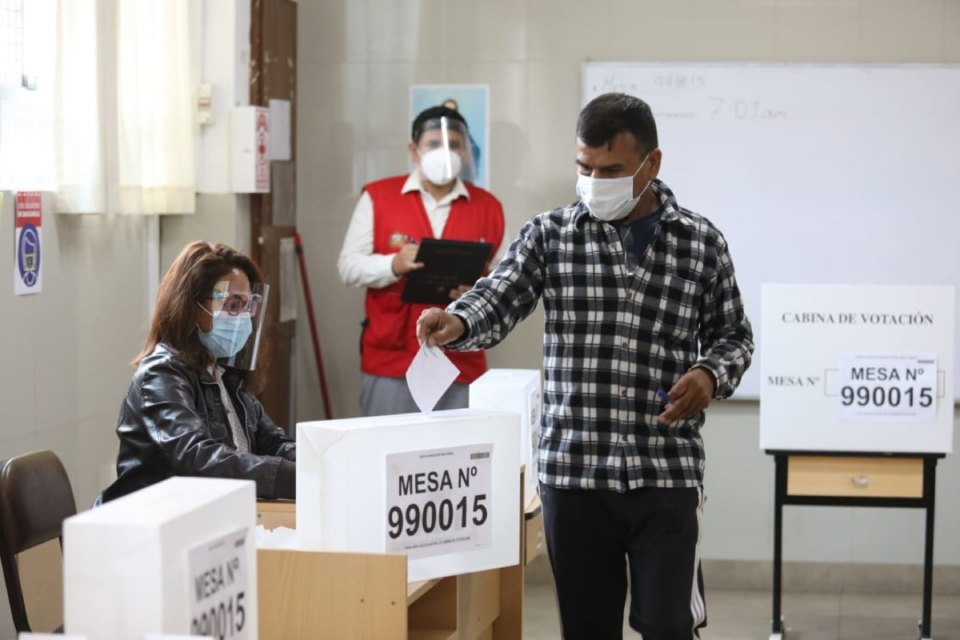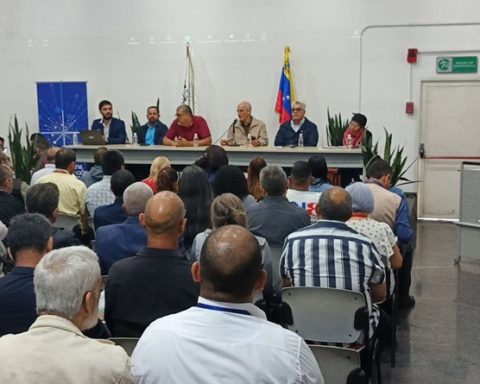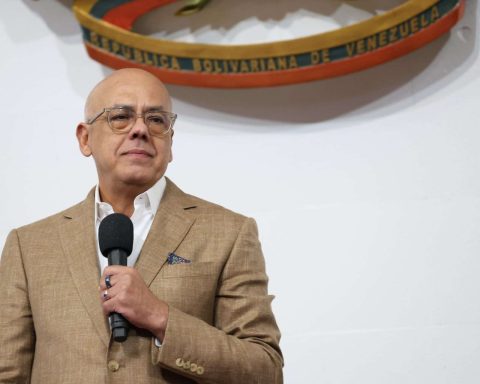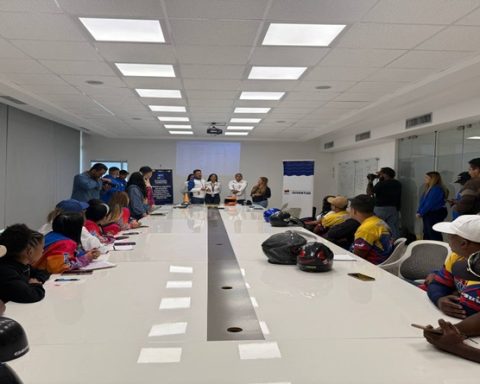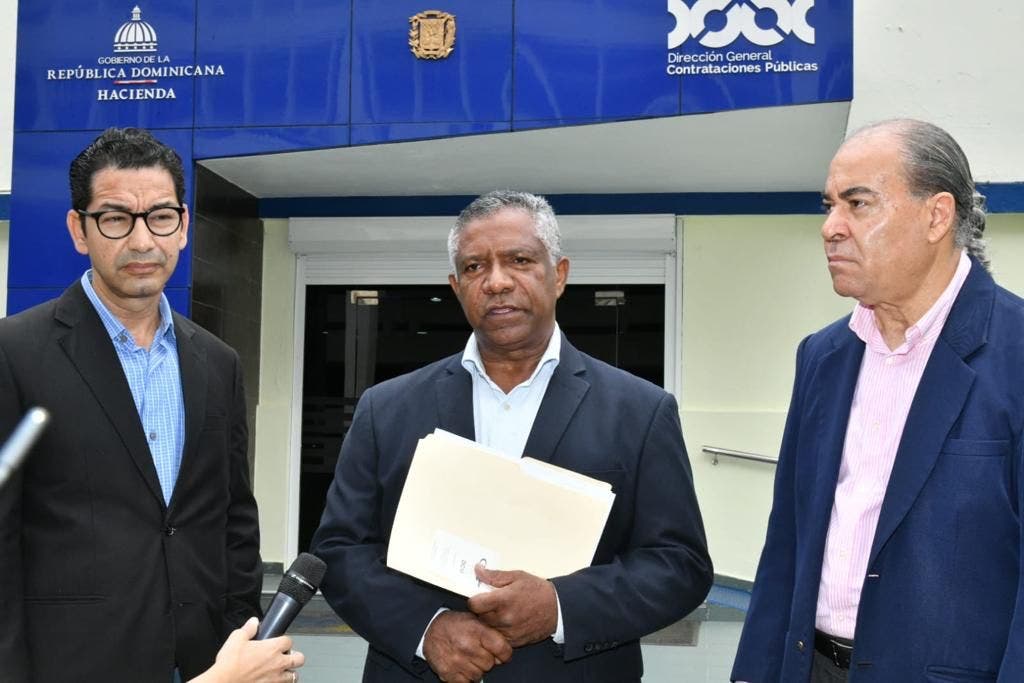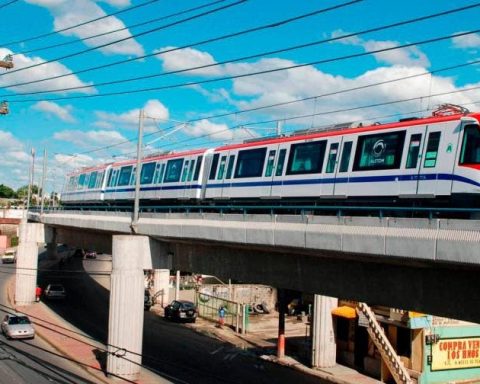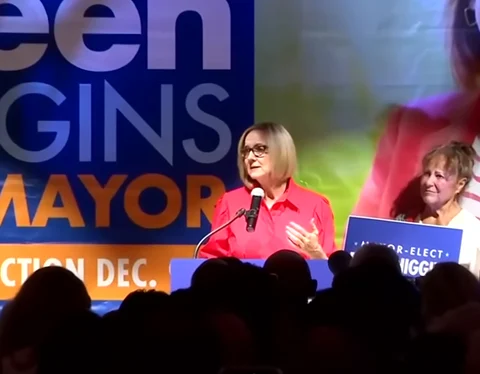In the elections held in Peru on October 2, 13,032 authorities will be elected, including governors, deputy governors, councilors, mayors, provincial and district mayors, and aldermen. The Lima jurisdiction will elect 1,343 of them. As for the regions, there will be 25 regional governors and the same number of vice governors
The low attendance of citizens at the polls has marked a large part of the regional and local elections in Peru that take place this Sunday, October 2. The elections even began, with polling stations not set up as the designated members did not show up and voters did not turn up to lend themselves.
The low turnout of voters and polling station members was repeated in many parts of Lima. The regulations of the National Office of Electoral Processes (ONPE), establish that when this occurs, the absences must be dealt with by substitutes, some of whom were not present either.
When this happens, according to what is established by the ONPE, “the voters who are present make up the table.” However, the scenes of voters using all kinds of excuses for not staying for the entire election day multiplied.
At 10:30 am, when three and a half hours of election day had elapsed, the ONPE reported that 41,988 polling stations had been set up nationwide. Previously, they had reported that it was planned to set up 84,323 voting tables, distributed in 11,299 polling places.
What the president of Peru promises
The president of Peru, Pedro Castillo, exercised his right to vote in the morning hours, in his native district of Tacabamba, in the province of Chota, in the northern department of Cajamarca. After depositing the ballot, he thanked the outgoing mayors and governors “who were in charge during the pandemic” of the regions and municipalities and wished that they “finish their mandate and work until the last day for Peru.”
He promised that he will summon those who are elected in the coming weeks to a meeting to “make a single front and close” the “gaps at the national level.”
“Today is a democratic party that must have the participation of all Peruvians, because the new authorities will be elected who will assume the responsibility of working for the development of each district, province and region of the country,” the president wrote before to go to the polls on his Twitter account.
Elections in Peru
More than 24 million people in Peru will participate in the 2022 regional and municipal elections. Of the total population, 50.29% are women and 49.71% men. The population distribution shows that the three jurisdictions with the highest number of voters are Metropolitan Lima (7,593,103), La Libertad (1,461,467) and Piura (1,432,221).
The National Office of Electoral Processes (ONPE) has explained that citizens who turn 18 years old until this Sunday, October 2, must attend to vote. To do this, they must go to their voting centers with the blue DNI -if they have processed it- or the yellow DNI. This population was included in the electoral roll that closed on October 2, 2021 and contemplated those who turn 18 until the day of the vote.
*Also read: Bolsonaro and Lula face each other this #2Oct in a decisive first electoral round for Brazil
In the elections, 13,032 authorities will be elected, including governors, deputy governors, councilors, mayors, provincial and district mayors, and aldermen. The Lima jurisdiction will elect 1,343 of them. As for the regions, there will be 25 regional governors and the same number of vice governors.
This Friday, ONPE reported that the use of masks in voting centers will be optional. This is in accordance with the latest Supreme Decree that regulates the mandatory use of chinstraps only in closed spaces that do not have ventilation, public transport vehicles and health establishments.
The polling stations opened their doors at 7:00 am. The day started without incident, it is estimated that it will last until 5:00 pm and, in it, the Peruvians will also elect the deputy governors and councilors of the regional council, as well as the aldermen of the provincial councils and district councils. All of them will occupy their position for the period 2023-2026.
The National Office of Electoral Processes (ONPE) has recommended going to the voting centers with a mask, despite the fact that it is no longer mandatory, and maintaining social distance due to the persistence of the covid-19 pandemic in the country with the rate of highest mortality in the world from this disease.
With information from El Comercio
Post Views:
476
